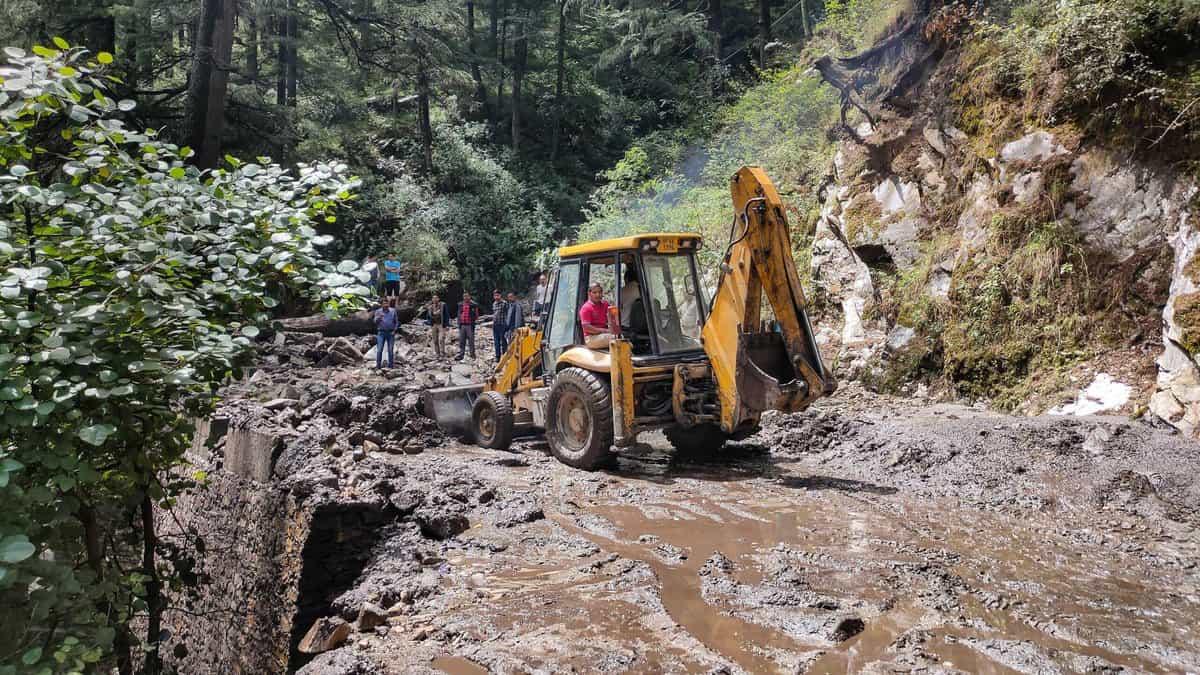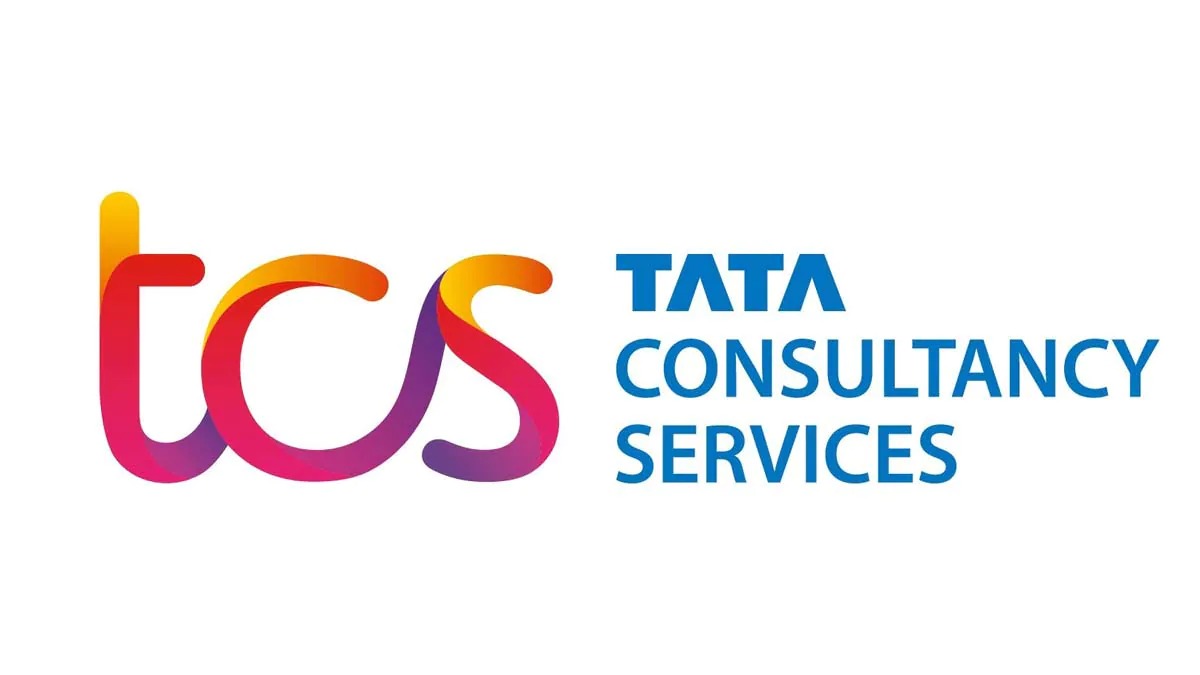 Image Source: Siasat.com
Image Source: Siasat.com
Heavy monsoon rains and flash floods have left thousands of pilgrims stranded in Himachal Pradesh’s Chamba district during the annual Manimahesh Yatra, a sacred pilgrimage deeply embedded in local tradition. Multiple road damages caused by landslides and swollen rivers have cut off access to key routes, halting movement and prompting large-scale rescue and relief operations.
Key Highlights of the Crisis in Chamba
Over 10,000 pilgrims stranded across Chamba, Bharmour, Saloni, and surrounding areas due to rain-battered roads and disrupted transportation.
The Manimahesh Yatra, which began on August 17 and is scheduled through mid-September, was suspended as escalating weather made travel impossible.
National Disaster Response Force has rescued more than 3,200 pilgrims; however, numerous others remain stuck amid flooding and landslides.
Mobile and internet connectivity snapped across much of Chamba, making coordination and communication extremely challenging.
Local MLAs raised alarm about the dire situation, demanding helicopter rescues to evacuate stranded pilgrims and deliver essentials.
Rampaging waters of the swollen Rabi river have breached Halun village, causing significant damage to homes, livestock, and crops.
Schools and colleges closed in at least eight districts across Himachal due to widespread road blockages and safety concerns.
Power outages and blocked highways have compounded difficulties for residents and stranded travelers alike.
Challenging Rescue and Relief Operations
Authorities face immense difficulties in reaching trapped pilgrims and residents due to washed-out roads and slippery mountain terrain. Helicopter missions have been launched to evacuate those with health issues or in high-risk zones, but ongoing rain and poor visibility hinder rescue efforts. Ground teams from the district administration, National and State Disaster Response Forces, and police continue to monitor the situation closely despite access constraints.
Eyewitness reports portray villages submerged and agricultural fields devastated by flash floods. The magnitude of soil erosion and landslides threaten the long-term stability of the region’s fragile Himalayan ecosystems, making rehabilitation imperative.
Emotional Toll and Uncertainty
Families of pilgrims from across India express anxiety amid communication blackouts and delayed updates. Many depend on the pilgrimage as a spiritual journey, but the sudden weather turn has transformed it into a distressing ordeal. Local leaders assure the public that all efforts are focused on restoring connectivity and evacuating stranded individuals as quickly as possible.
Weather Outlook and Preventive Measures
The India Meteorological Department issued continued yellow alerts for heavy rainfall till August 31 in Himachal and surrounding states. Authorities advise residents in low-lying and river-adjacent areas to move to safer zones preemptively. The government has pledged sustained relief work backed by the military for logistics and medical assistance.
Historical Context and Significance of Manimahesh Yatra
The Manimahesh Yatra is an annual pilgrimage to the sacred Manimahesh Lake situated deep in the Himalayas, attracting thousands of devotees each year. The route involves challenging treks through mountainous terrain, which becomes particularly hazardous during the monsoon season. The pilgrimage embodies deep religious significance and regional cultural heritage, intensifying the urgency for safe passage and humanitarian support in emergencies.
Looking Ahead: Reconstruction and Resilience
The impact of the floods on infrastructure, agriculture, and communities poses critical reconstruction challenges. Local and state governments are tasked with not only restoring roads and utilities but also improving disaster preparedness to mitigate future monsoon impacts. The resilience of Chamba’s people and administration will be crucial as recovery efforts unfold.
In summary, the heavy rains in Himachal Pradesh have precipitated a multifaceted crisis with thousands stranded on a sacred pilgrimage route amid disrupted connectivity and ongoing hazards. Robust emergency response, combined with long-term recovery planning, remains the priority as the region copes with the unfolding monsoon calamity.
Sources: Himbu Mail, Hindustan Times, Tribune India, ANI, Reuters
Advertisement
Advertisement






